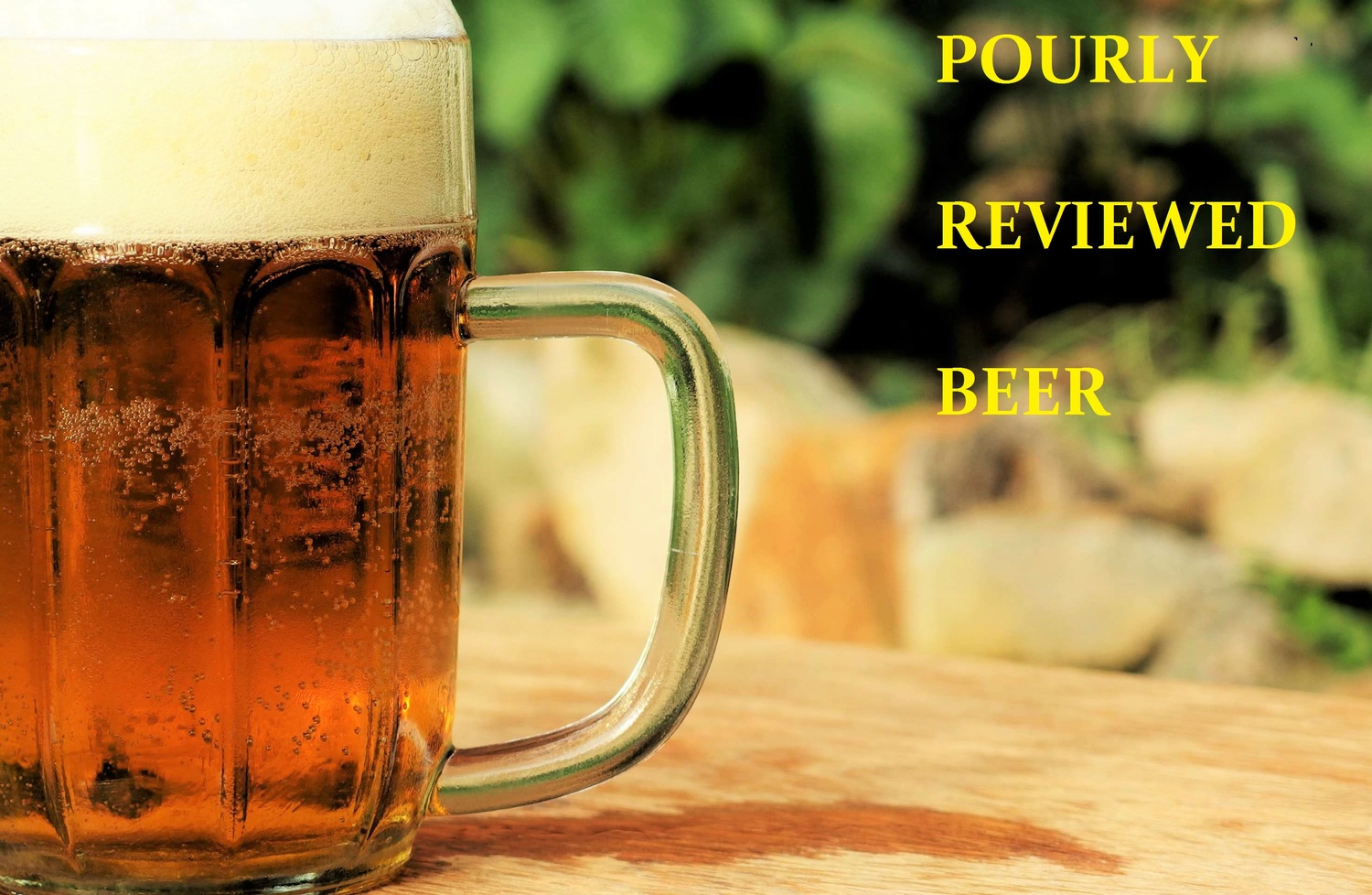Alcohol By Volume (ABV)-the amount of alcohol in a beer/drink as a percentage of total volume. Mass-produced pale lagers, such a Budweiser, are typically around 5.0% ABV. Most craft beers will be higher, sometimes much higher, than this, while light beers and certain specific craft styles will be lower.
Barley-commonly-used cereal grain
Body-the weight of beer on the tongue/in the mouth; a fuller-bodied beer will feel heavier, thicker, or have a higher consistency than a thinner-/low-bodied beer. A more commonly known demonstration of body is the comparison between skim milk and whole milk (whole milk will have a fuller body than skim).
Carbon Dioxide (CO2)-
Fermentation-
Hops-
International Bitterness Units (IBUs)-indicates the amount of bittering ingredients used in a beer recipe; pale and light lagers will be around 10 IBUs, while many bitter IPAs can register in the upper double digits or even low triple digits. While serving as a good guide, the IBU number does not necessarily directly correlate to the actual bitter taste of the beer; it is possible for a 60 IBU beer to taste more bitter than a 75 IBU beer. Of course, much of that can vary from taster to taster.
Malt-grains (such as barley, corn, rye, wheat, and others) that are allowed to partially germinate (sprout) by immersion in water, then dried in a kiln to stop the growing process and possibly begin to impart flavor. This process frees up or loosens the sugars inside the grains. During the brewing process, these sugars will be converted by added yeast into carbon dioxide and alcohol.
Nitrogen-
Wort-
Yeast-tiny organisms that consume sugar and create carbon dioxide and alcohol. After all consumables have been consumed, the yeast goes into hibernation, generally marking the end of the brewing process.
